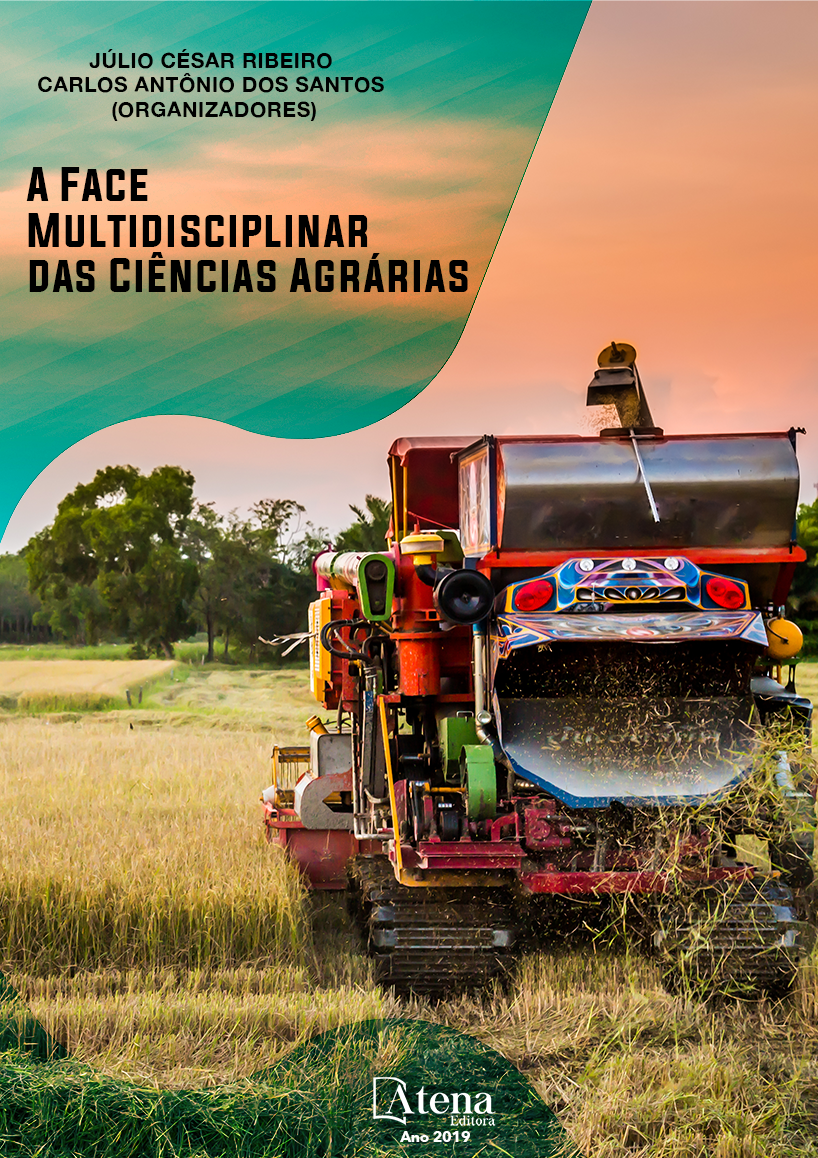
SHADING OF STOCK PLANTS AND THE USE OF AUXIN IN CUTTING RED PITAYA
Embora tenha ocorrido grande expansão no cultivo de pitaia vermelha
tanto no Brasil como em outros países do mundo, a cultura necessita de informações
científicas que subsidiem a definição de sistemas de produção de mudas, mais
adequados às condições edafoclimáticas brasileiras. Diante disso, objetivou-se avaliar
o efeito de auxina exógena e sombreamento das plantas matrizes sobre a qualidade
de mudas de pitaia vermelha. Testou-se o uso de enraizador comercial (presença
e ausência) e cinco níveis de sombreamento das plantas matrizes (pleno sol, 35,
50, 65 e 80% de sombreamento), os quais foram arranjados em fatorial 2x5, com
quatro blocos casualizados e duas plantas por parcela. Aos 90 dias, avaliaram-se as
seguintes características vegetativas: comprimento da maior raiz (CR), massa seca
das raízes (MSR), largura radicular (LR), massa fresca (MFPA) e seca da parte aérea
(MSPA), massa seca total (MST), número de emissões laterais (NEL), somatório do
comprimento de emissões laterais (SCEL) e razão parte aérea-raiz (RPAR). Para a
produção de mudas de boa qualidade recomenda-se a coleta de estacas em plantas
matrizes cultivadas a pleno sol ou 80% de sombra, sem a necessidade de aplicação
de auxina exógena.
SHADING OF STOCK PLANTS AND THE USE OF AUXIN IN CUTTING RED PITAYA
-
DOI: 10.22533/at.ed.9481924077
-
Palavras-chave: Cladódios. Enraizamento. Frutíferas exóticas. Hylocereus spp. Regulador de crescimento.
-
Keywords: Cladodes. Rooting. Exotic fruits. Hylocereus spp. Growth regulator
-
Abstract:
Although there has been a
significant expansion of red pitaya cultivation
in Brazil and other countries around the world,
its cultivation requires scientific expertise to
identify the plant production systems best suited
to Brazilian soils and climate. Therefore, this
study aimed to evaluate the effect of exogenous
auxin and shading of the parental stock plants
on the subsequent quality of red pitaya cuttings.
The use of a commercial rooting auxin (with and
without) and five shading levels on stock plants
(full sun, 35, 50, 65 and 80% shading) were
tested via four randomized blocks in a factorial
2x5 scheme with two plants per plot. After 90
days, the following vegetative characteristics
were evaluated: length of the longest root
(LR), root dry mass (RDM), root width (RW),
shoot fresh weight (SFW) and shoot dry weight
(SDW), total dry weight (TDW), number of
axillary shoots (NAS), sum of the length of the
axillary shoots (SLAS), and shoot:root ratio
(SRR). We concluded that for the production
of high quality plants, collecting cuttings from
stock plants grown in full sun or 80% shade
is recommended, eliminating the need to use
exogenous auxin.
-
Número de páginas: 15
- Ronialison Fernandes Queiroz
- João Paulo Cajazeira
- Mayara Mader Alcântara Barroso
- Iana Maria de Souza Oliveira
- Márcio Cleber de Medeiros Corrêa
- Edmilson Igor Bernardo Almeida


